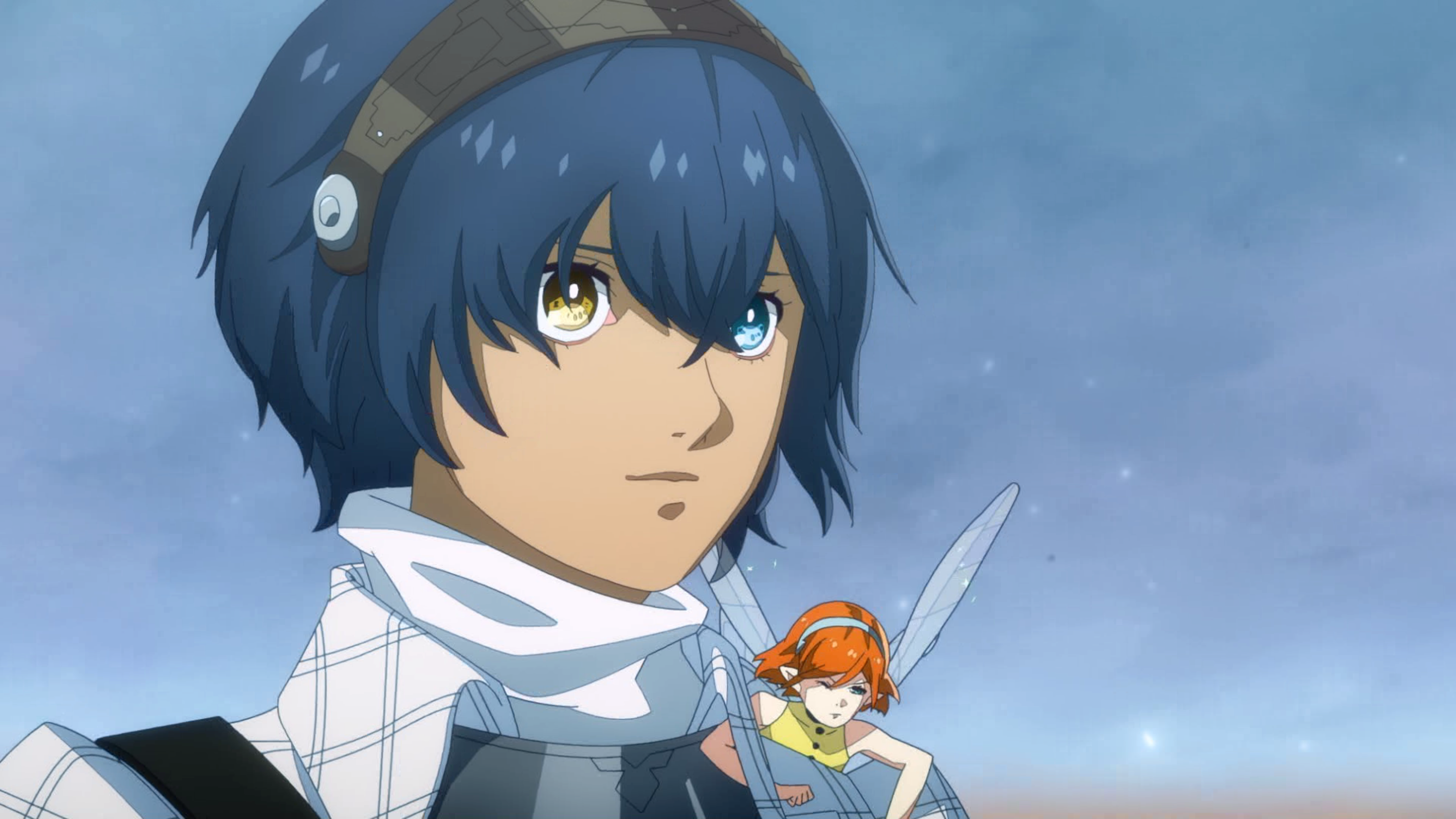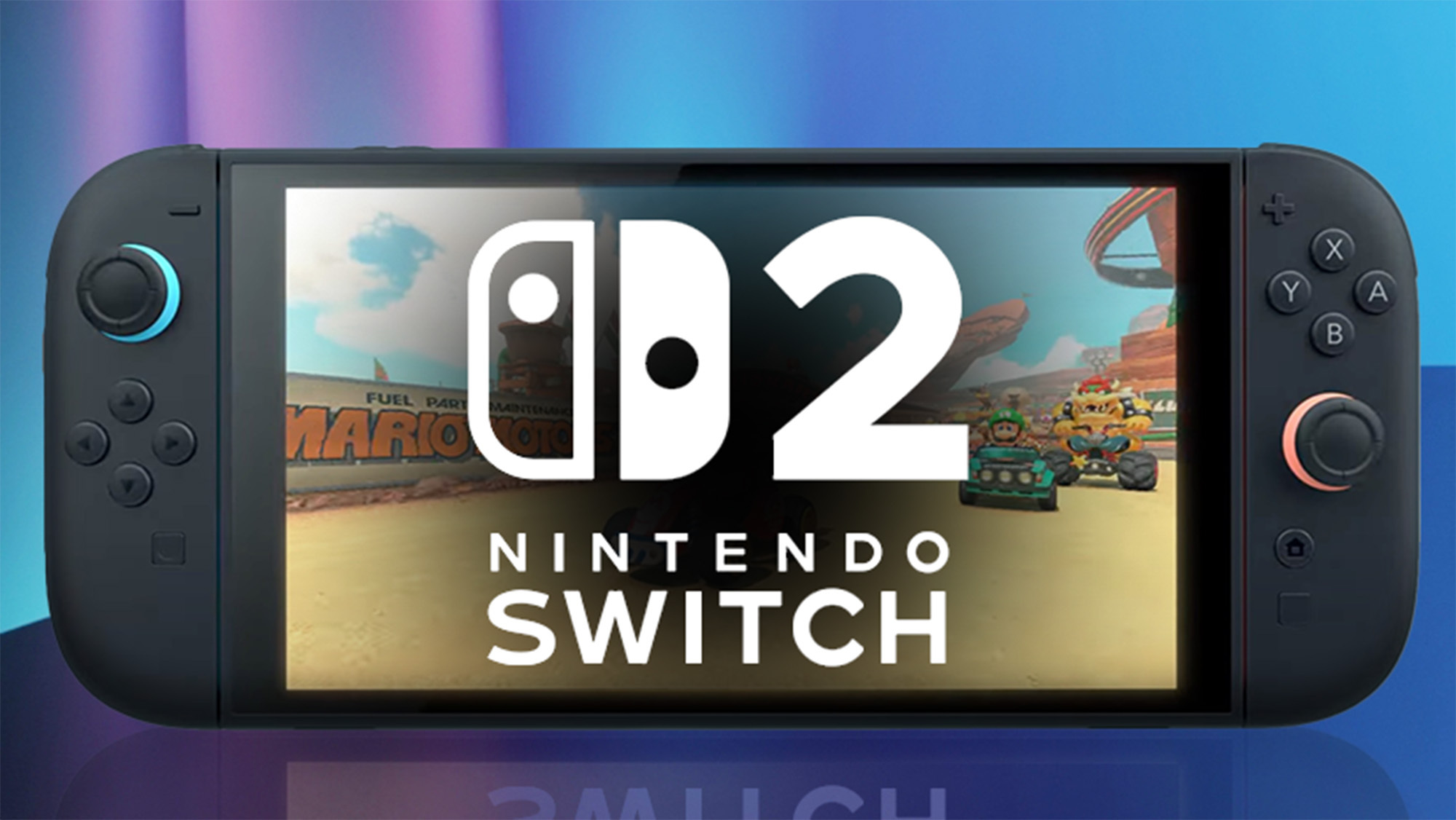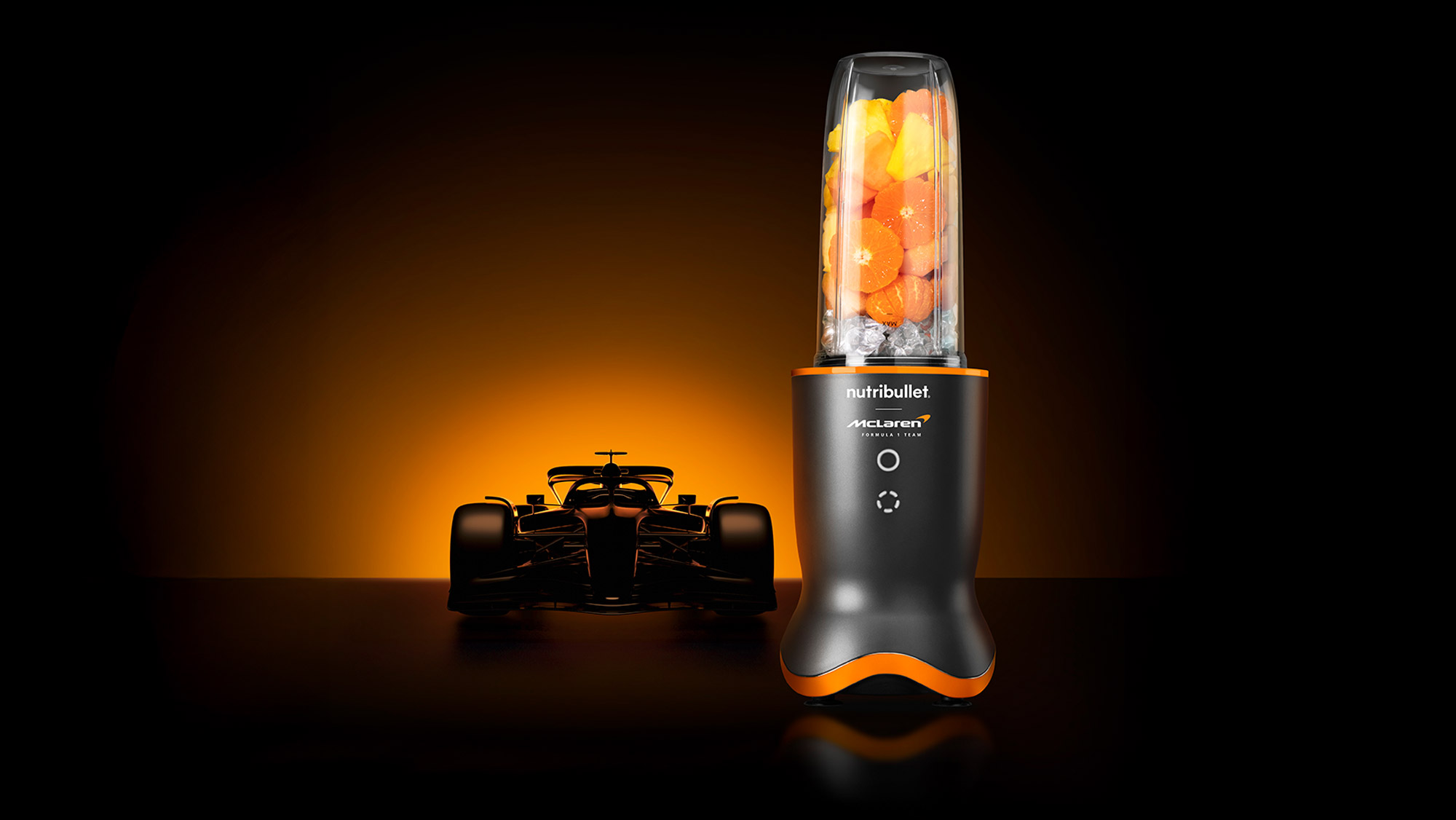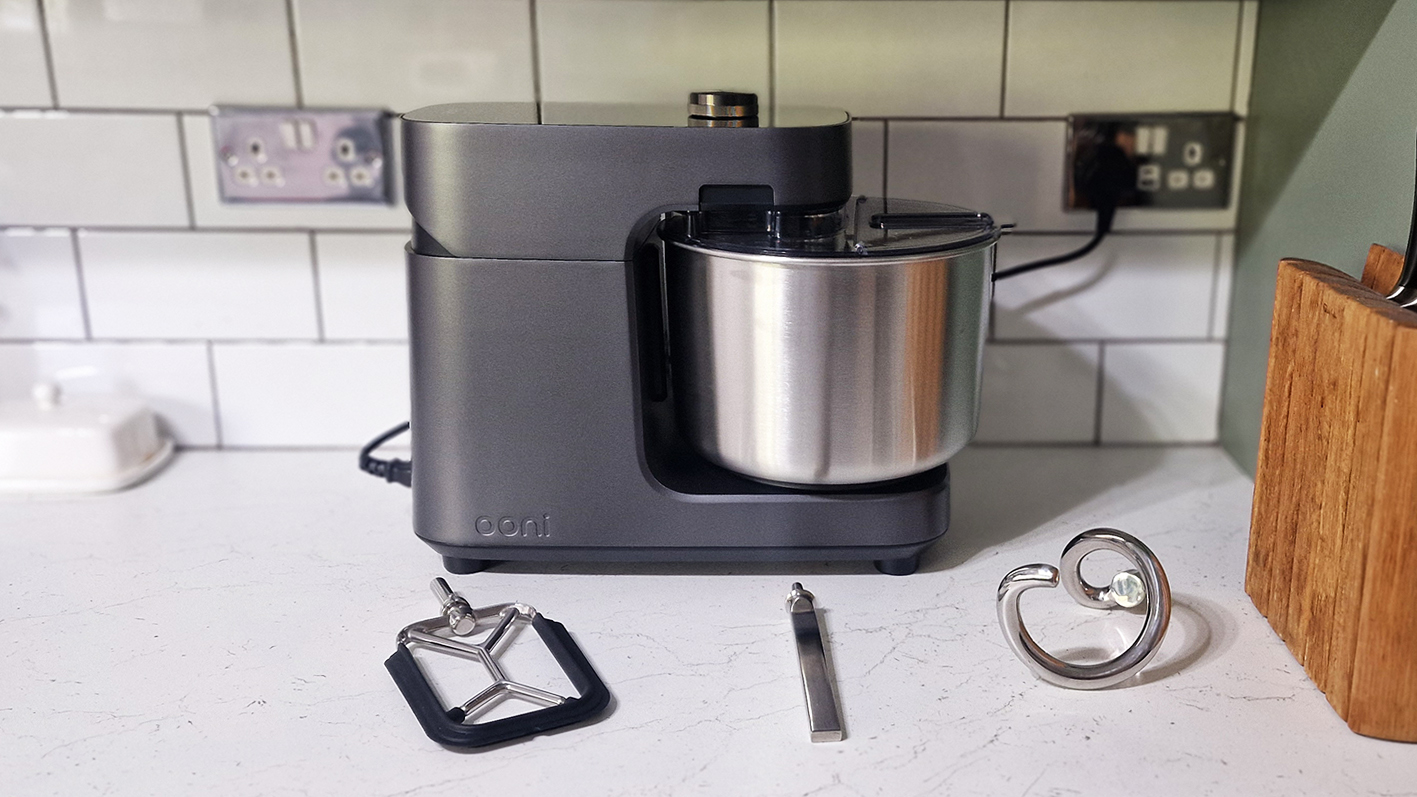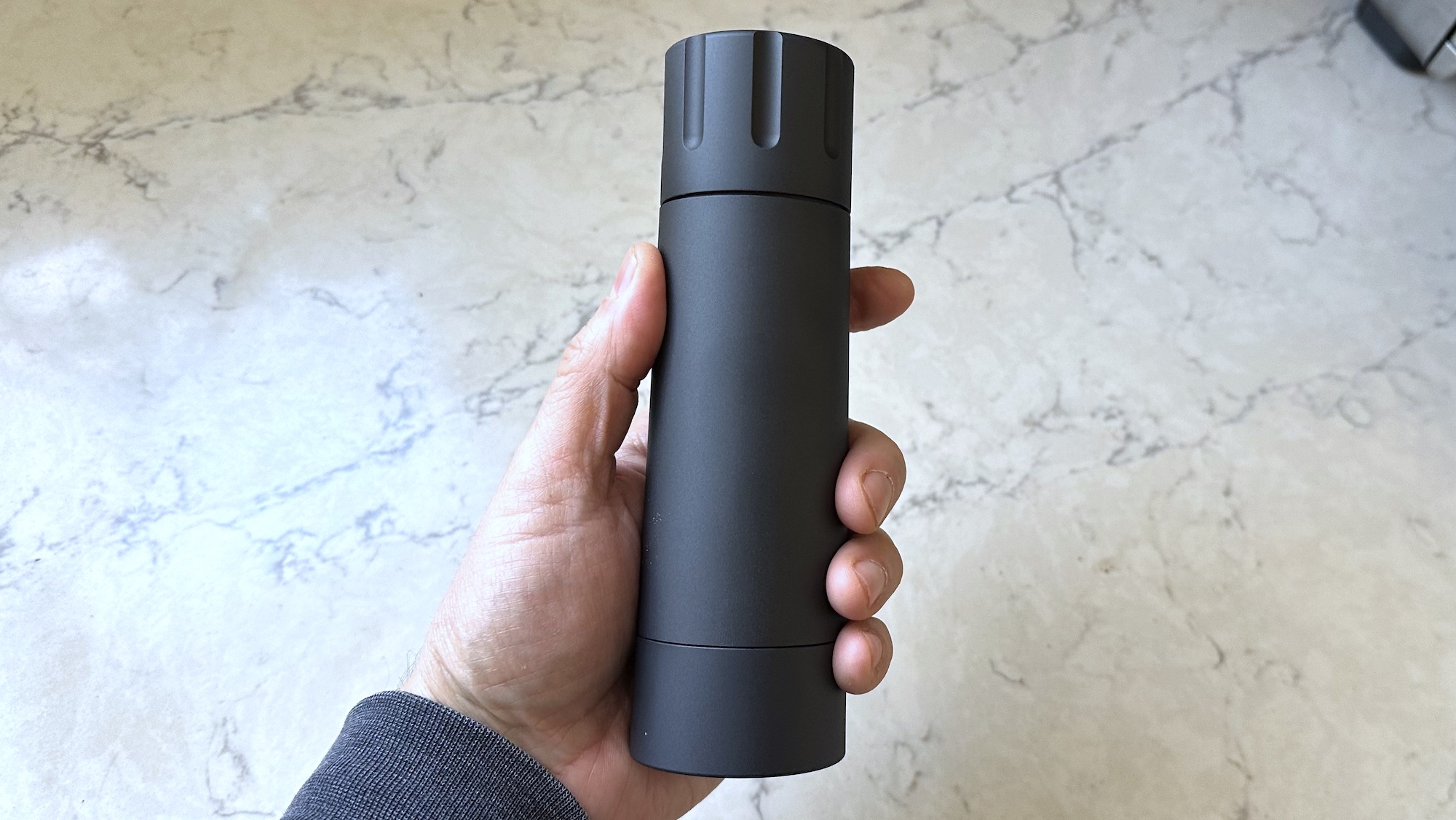Splatoon 3 hands-on: More kids, more squids
Splatoon 3 has the potential to win over new fans, with creative and approachable gameplay
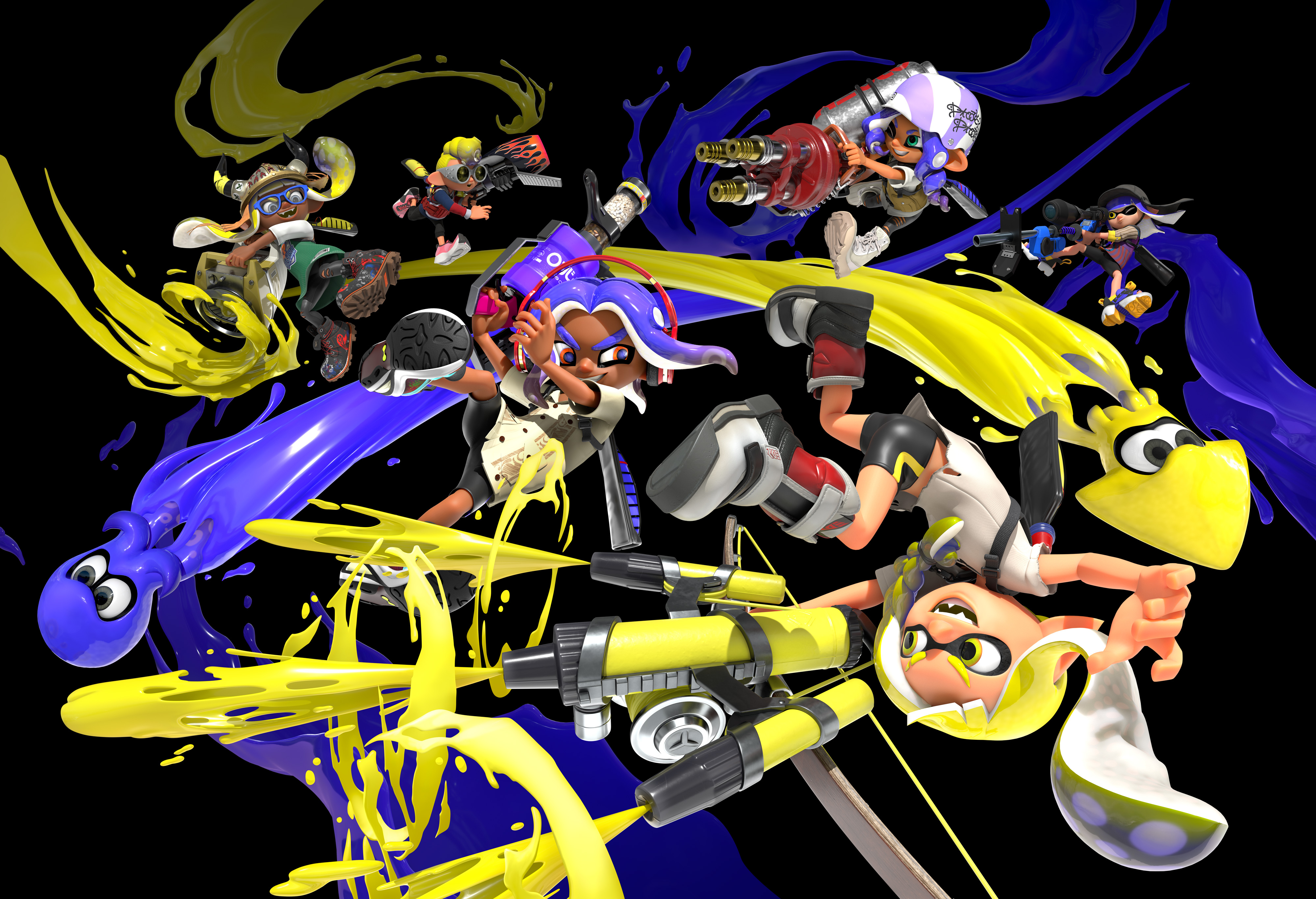
Going into this Splatoon 3 hands-on, I barely knew anything about the game. Coming out of the preview, I feel ready to navigate this bright, colorful world of competitive kids and squids. Like its two predecessors, Splatoon 3 puts a kid-friendly spin on the competitive shooter scene. Thanks to ridiculously intuitive gameplay and an extremely gentle learning curve, the third game in the series could win over a whole new generation of fans — particularly since players can dive into substantial story and co-op modes before they take the fight online.
I attended a Splatoon 3 press demo in New York City, and spent about an hour and a half with the upcoming game. During that time, I tried three different modes: the early stages of the story campaign, the cooperative Salmon Run boss rush and a traditional four-versus-four Turf War. As a Splatoon neophyte, I was pleased just how quickly I got up to speed on the game — although the skill ceiling seems pretty high, for gamers of a more competitive bent.
Splatoon 3: Price and availability
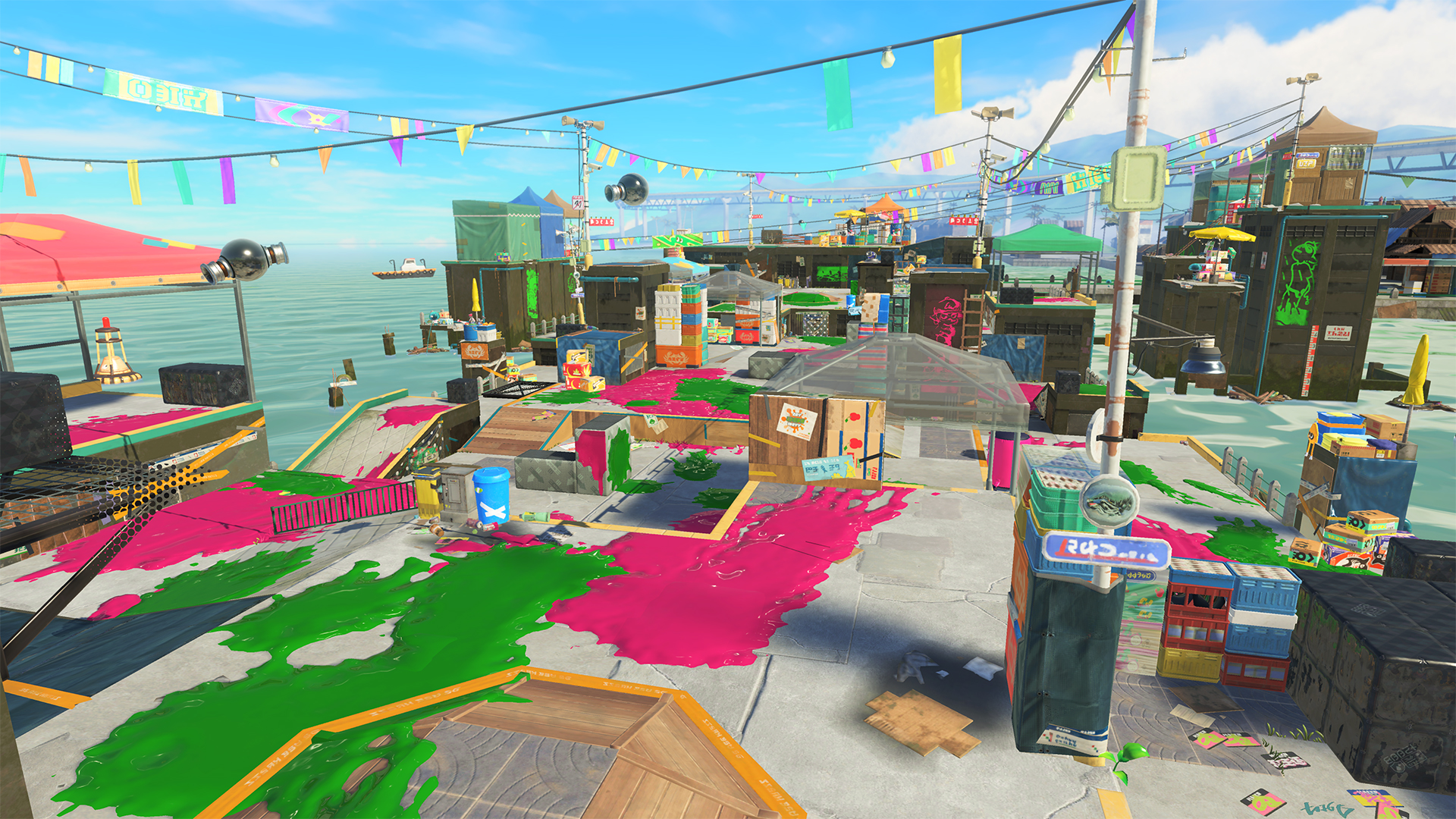
Splatoon 3 will debut on September 9 for the Nintendo Switch, and will cost $60 for either a physical or digital edition.
Splatoon 3 hands-on: Return of the Mammalians
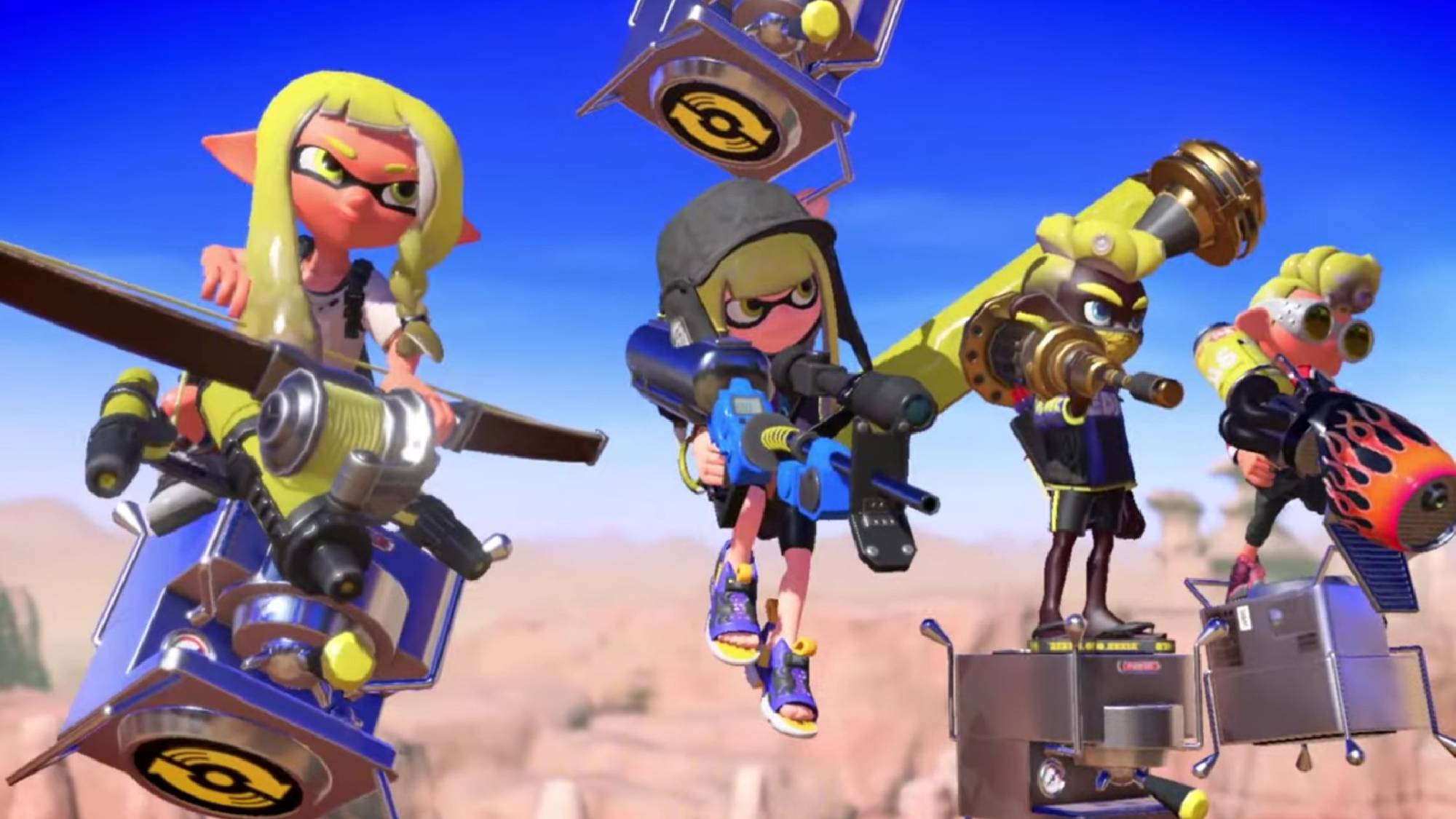
Splatoon 3’s story mode is called “Return of the Mammalians,” and for me, it was simultaneously the most useful and least comprehensible way to play the game. The game starts off with a series of brisk tutorials, which cover running, jumping, aiming, shooting, swimming and using your “Smallfry” — a tiny companion animal that can reach distant points on the map. From having never touched a Splatoon game before, I was able to master the basics within about 10 minutes.
For other gamers who may never have played the series, the concept is bizarre, but surprisingly easy to grasp. You play as an Inkling or an Octoling, a creature who can transform between a kid and a squid (or an octopus) at will. As a kid, you’ll run around a battlefield, splattering paint with a variety of different weapons as you go. As a squid, you’ll swim through the paint, traversing the battlefield quickly and setting up ambushes for enemies.
The Return of the Mammalians picks up where Splatoon 2 left off, and exposes the Inklings and Octolings to a new threat known as “fuzzy ooze.” Nintendo reps promised that while Splatoon 3 incorporates a lot of lore from the first two games, new players should be able to jump in without too much trouble.
More so than the details of the plot, what grabbed me about Return of the Mammalians was how quickly and easily it teaches basic gameplay concepts. Nintendo games have a well-earned reputation for being incredibly simple to pick up, and Splatoon 3 is no exception. While many modern multiplayer shooters often bog new players down with dozens of traversal skill and special abilities, Splatoon 3 focuses on a few key concepts and repeats them over and over until players feel comfortable. While the early Return of the Mammalians levels may seem repetitive for veterans, they’re a boon for newbies.
Splatoon 3 hands-on: Salmon Run
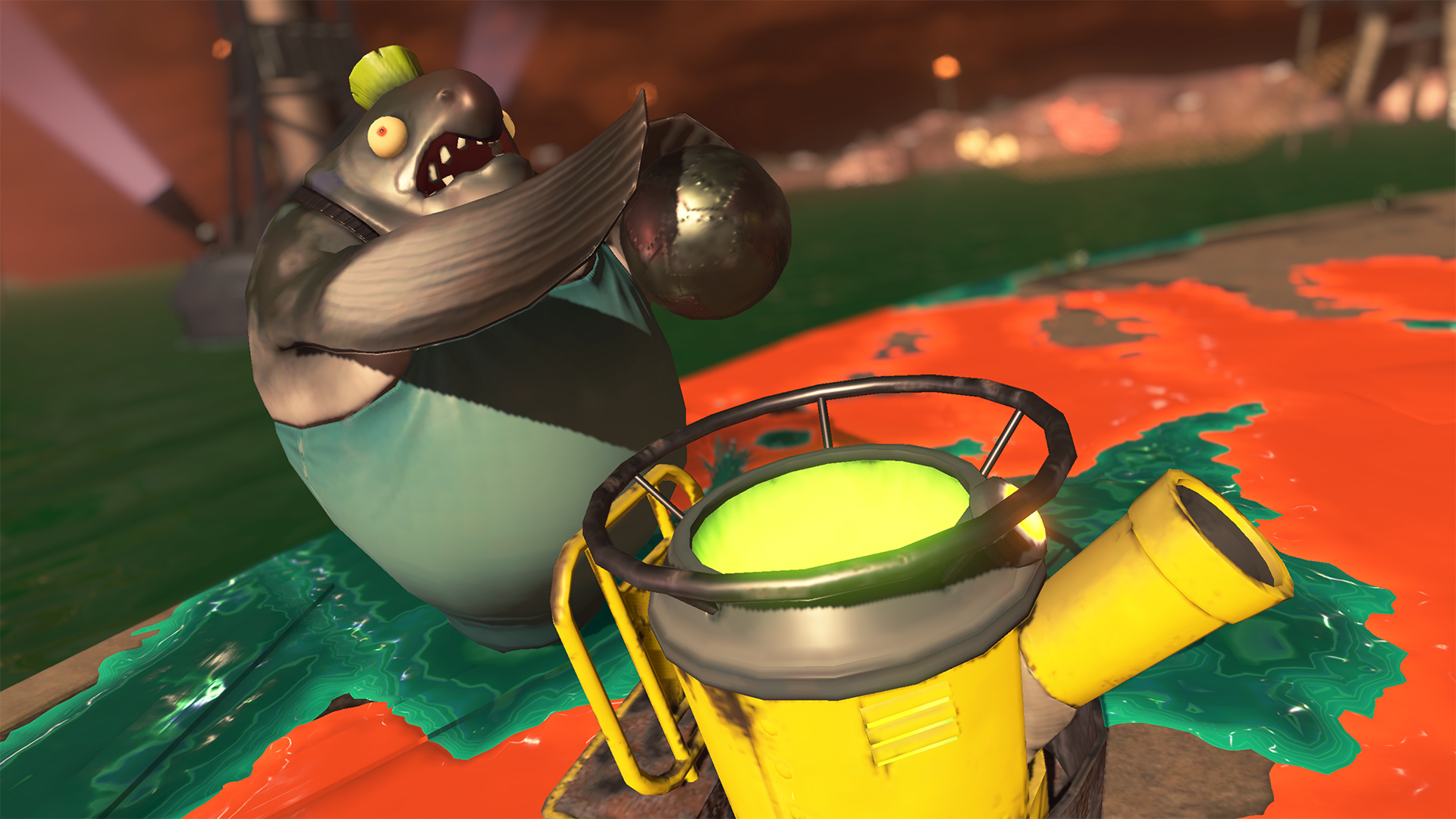
Of all the Splatoon 3 modes that Nintendo showed off, Salmon Run was my favorite. This cooperative multiplayer mode debuted in Splatoon 2, but Splatoon 3 will expand on the concept, with new bosses and the ability to play it at any time. (Splatoon 2 restricts Salmon Run to certain times during the week.)
Like a lot of Splatoon 3, Salmon Run is easy to pick up and difficult to master. You and three other players team up against a variety of salmon-themed foes, including both minions and bosses. Each boss drops a number of golden eggs, which you have to return to a basket in a distant corner of the map. The game lasts for three rounds, and each subsequent round features tougher bosses, a larger number of eggs to collect and a more distant basket.
For the most part, the mode is a lot like any other player-versus-enemy cooperative shooter mode. Communication with teammates is imperative, particularly since each player can equip different weapons and activate different ultimate abilities, in a pinch. Furthermore, there are hundreds of different difficulty levels available, meaning that Salmon Run can either be a chill hangout or a frenzied challenge, depending on your preferences.
What worked best about Salmon Run was the sheer variety of bosses — and the fact that we never knew which boss would spawn next. Some bosses require concentrated paint barrages, while other require precision strikes, or even luring them to particular points on the battlefield. Learning each boss’s ins and outs will probably be Salmon Run’s first big challenge when Splatoon 3 debuts.
Splatoon 3 hands-on: Turf War
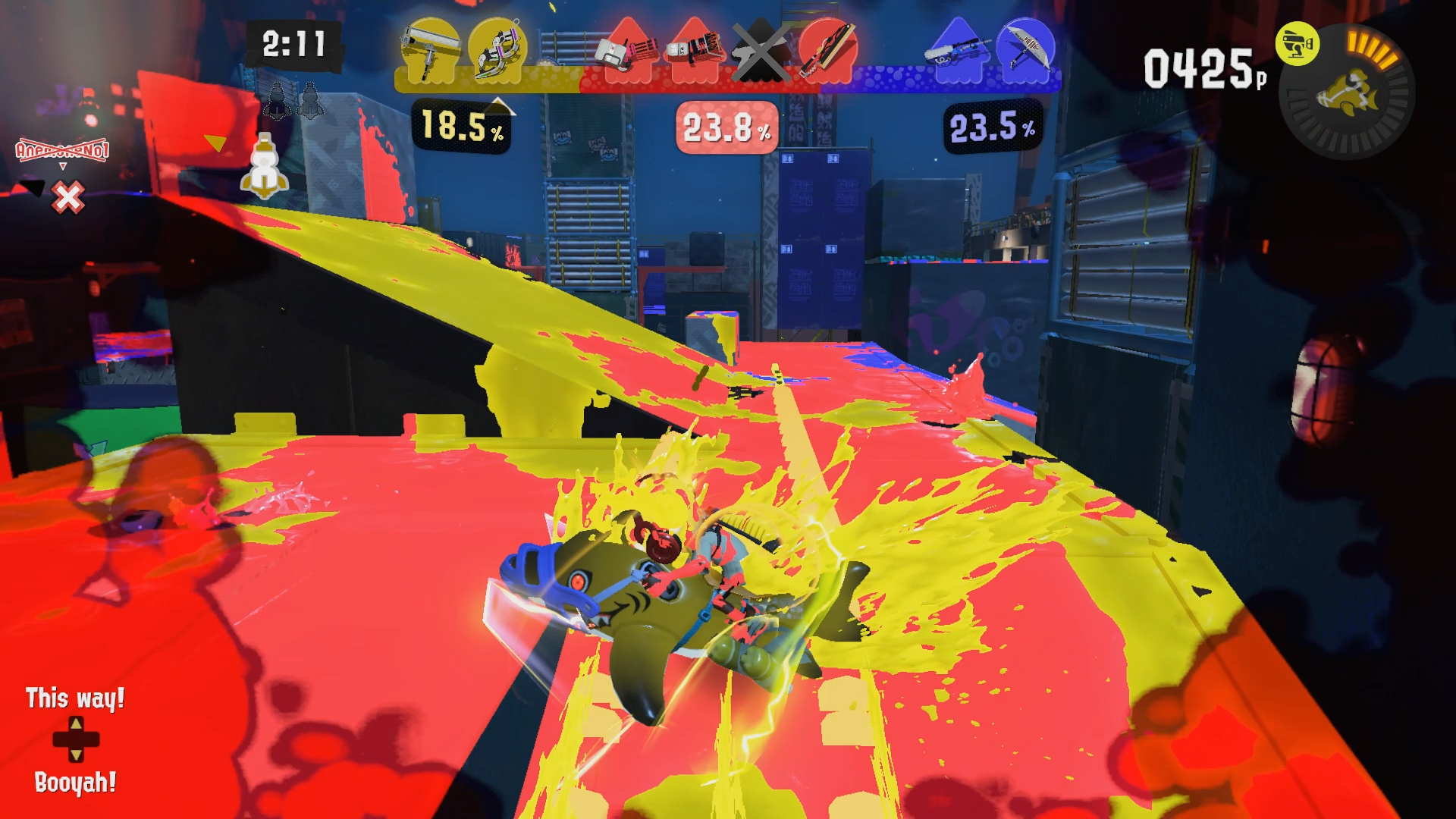
Last, but not least, we tried out the game’s signature Turf War mode. This is what made the Splatoon series famous, and after playing a few rounds for myself, it wasn’t hard to see why.
Turf War is a competitive multiplayer shooter mode, where two teams of four players compete against one another. However, while you can (and should) splatter members of the opposing team with paint, taking them down isn’t really the goal. Instead, the goal of Turf War is to cover as much of the battlefield as possible in your team’s paint color. What results is an interesting balancing act between throwing down paint, and preventing your enemies from doing the same.
This is where the game’s huge variety of weapons comes into play. Some weapons, styled after machine guns and sniper rifles, are better-suited to player-versus-player combat. Others, such as gigantic rollers and spray guns, are ideal for unloading massive amounts of paint on the ground. Ideally, each team will have a mix of both weapon types, making party communication even more important.
To be fair, Turf War is satisfying in the same way that a lot of competitive multiplayer shooters are satisfying. Collaborating with a team and competing against other human players is inherently fun. But, much like the early stages of Return of the Mammalians, I was surprised by how little I needed to know to jump in and play passably well. With minimal violence and no blood, the game is kid-friendly, too, which is more than a lot of competitive shooters can say.
Splatoon 3 hands-on: Early verdict
While longtime Splatoon fans can probably judge Splatoon 3’s relative merits better than I can, I’m at least pleased to report that it continues Nintendo’s trend of “pick-up-and-play” multiplayer titles. The game is less than a month away, if you want to break out your copy of Splatoon 2 and knock the rust off your skills.
Personally, I can say that the game's intuitive tutorials and clever core concept won me over during our brief hands-on session. On the other hand, there's no shortage of competitive multiplayer shooters out there, and it's hard to say whether Splatoon 3 will have as much depth as its competitors.
It's also fair to say that while I enjoyed my first exposure to Splatoon, I'm in no hurry to go back. Even with an expanded story mode, Splatoon 3 is very much a game that lives and dies by its multiplayer options. If competitive shooters aren't your genre of choice, this game may not ultimately change your mind.
Sign up to get the BEST of Tom's Guide direct to your inbox.
Get instant access to breaking news, the hottest reviews, great deals and helpful tips.
Marshall Honorof is a senior editor for Tom's Guide, overseeing the site's coverage of gaming hardware and software. He comes from a science writing background, having studied paleomammalogy, biological anthropology, and the history of science and technology. After hours, you can find him practicing taekwondo or doing deep dives on classic sci-fi.

